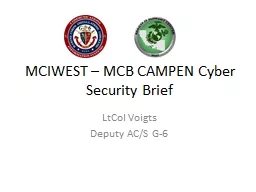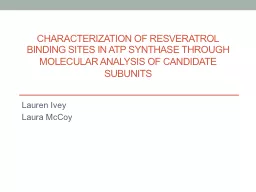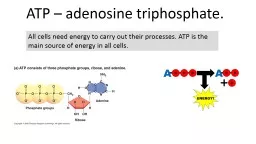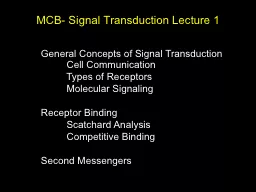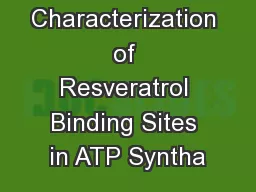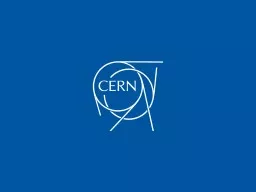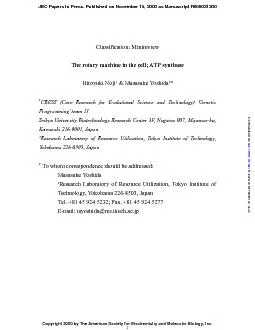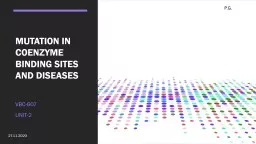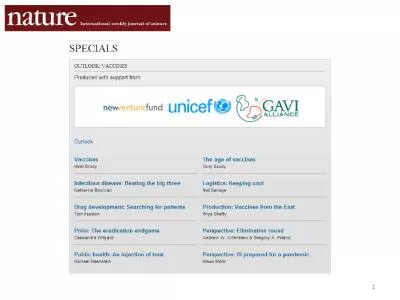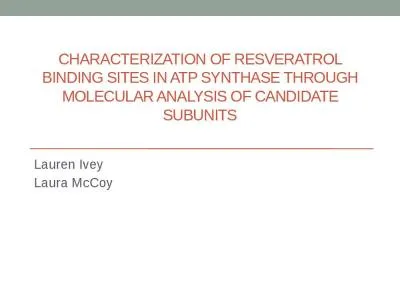PPT-MCB 3421 ATP binding sites –
Author : trish-goza | Published Date : 2019-11-27
MCB 3421 ATP binding sites Shared Ancestry versus Convergent Evolution The most common fold in proteins is the Rossmann fold occurring in most nucleotide binding
Presentation Embed Code
Download Presentation
Download Presentation The PPT/PDF document "MCB 3421 ATP binding sites –" is the property of its rightful owner. Permission is granted to download and print the materials on this website for personal, non-commercial use only, and to display it on your personal computer provided you do not modify the materials and that you retain all copyright notices contained in the materials. By downloading content from our website, you accept the terms of this agreement.
MCB 3421 ATP binding sites –: Transcript
Download Rules Of Document
"MCB 3421 ATP binding sites –"The content belongs to its owner. You may download and print it for personal use, without modification, and keep all copyright notices. By downloading, you agree to these terms.
Related Documents



